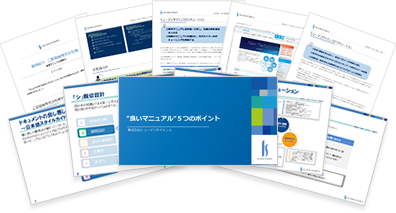
- Table of Contents
1. What is a Customer Journey?

Overview
"Journey" means "travel." "Customer journey" refers to the journey of the customer = "process." In other words, it refers to the processes of actions and thoughts that customers or users go through to understand and purchase a product or service. By always being aware of this customer journey, you can lead customer success to success.
Purpose and Benefits of Creating a Customer Journey
In customer success, it is important to have a customer perspective rather than just the perspective of those providing products and services. Initiatives based solely on the company's subjective view are unlikely to be effective and may even lower customer satisfaction. However, by understanding the customer journey, we can implement marketing strategies from the customer's perspective and provide products and services in a way that aligns with their needs. Furthermore, by designing the customer journey, we can share customer and user behaviors within the customer success team, allowing for smoother risk avoidance and other processes. The ability to unify the often dispersed perspectives of stakeholders around the customer perspective through the customer journey is a significant advantage for customer success.
Below, we summarize the purposes and benefits of creating a customer journey.
Useful for Considering Measures to Improve CX/UX
In the customer journey, all processes that customers go through are visualized, including their emotions. The visualized representation becomes the customer journey map. This allows us to clarify what challenges exist from the customer's perspective at each point, and by improving those challenges, we can enhance the quality of CX (Customer Experience) and UX (User Experience).
Establish a Common Understanding Among Stakeholders
To ensure customer success, collaboration across all departments is essential. However, without a common understanding, collaboration may falter, leading to misguided customer interactions. To prevent this, it is important to utilize a customer journey map. By collaboratively creating a customer journey map, you can align your understanding of the foundational customer profile and customer experience. Additionally, you will be able to share a common understanding of what the challenges are and consider and implement appropriate measures.
Understand the priority of problem-solving and make decision-making for measures smoother
When there are multiple issues, it is common to take various actions, but end up with half-hearted results. The customer journey map visualizes the overall picture of the customer by phase and in chronological order, allowing for clear identification of priority issues. For example, if an issue is found in the early phase of the timeline, it becomes clear that it should be addressed with higher priority than issues in later phases.
Specific Examples of Customer Journey
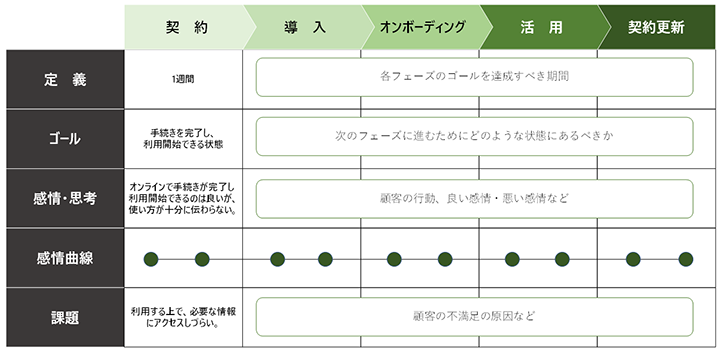
2. Steps for Creating a Customer Journey
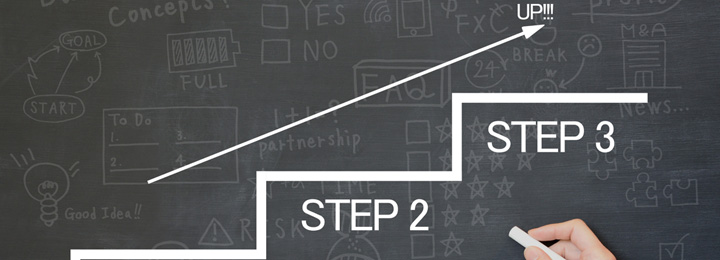
1. Set objectives and goals before starting the creation process
First, we consider the purpose of creating a customer journey map and which users will utilize the services or products we provide. To effectively utilize the customer journey map, we clarify the objectives and goals. Based on the goals we aim for as a business, we set the objectives and also determine the metrics to measure the achievement of these objectives in advance, making it easier to reflect on them later. Metrics such as the retention rate and the NPS® score indicating the level of customer loyalty may be used as indicators.
Define the customer persona
It is also important to concretely envision your ideal customer profile (persona).
To achieve this, you may be able to utilize frameworks such as the following.
• STP Analysis
• 3C Analysis
• 5P Analysis
By deepening the understanding of the strengths and positioning of the services provided, we define a persona that can maximize the value of the services and create high-quality customer experiences and outcomes. After the definition, we can visualize more clearly by considering information such as the "state," "challenges," and "goals" that the customer feels before the product implementation. By specifically imagining the customer profile, it becomes easier to envision what actions they will take and how they will think during the post-contract process.
Setting of Phase (Horizontal Axis) ③
On the horizontal axis, we set each phase of the process that customers experience.
The phases change depending on the products or services offered. In the case of SaaS services, the following examples can be considered.
Example 1: "Using the free version" → "Initial introduction/training" → "Implementation/operation" → "Utilization/establishment" → "Contract renewal"
Example 2: "Contract" → "Introduction" → "Onboarding" → "Utilization" → "Contract renewal"
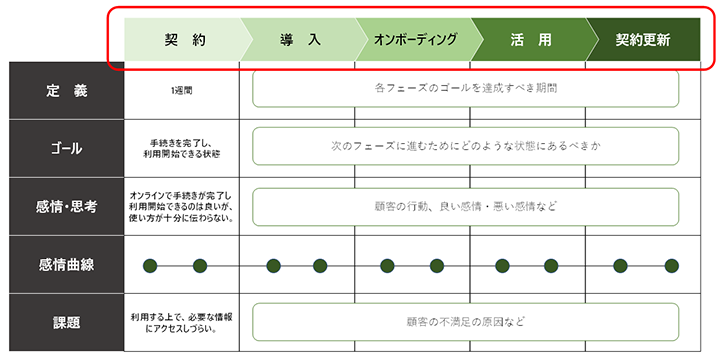
4. Setting Required Information (Vertical Axis)
The vertical axis (items) generally includes "Definition of phases (usage period and utilization status)", "Goals (achieved state)", "Customer behavior (including potential customer behavior)", and "Issues (points where customers feel anxiety, dissatisfaction, or lack)". An emotional curve may also be included.
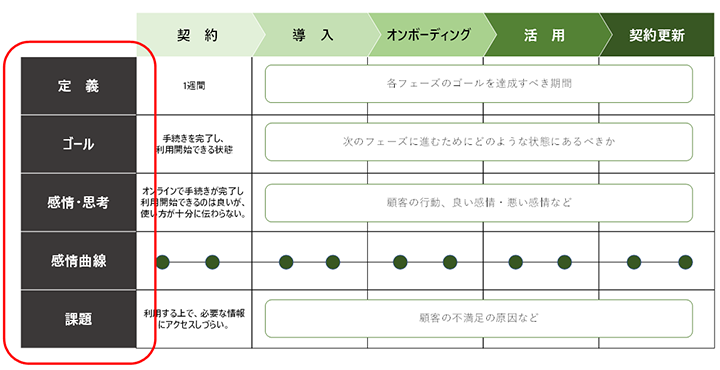
Fill in the details for each item in each phase
We will develop specific content while envisioning the personas and existing customers that were initially set.
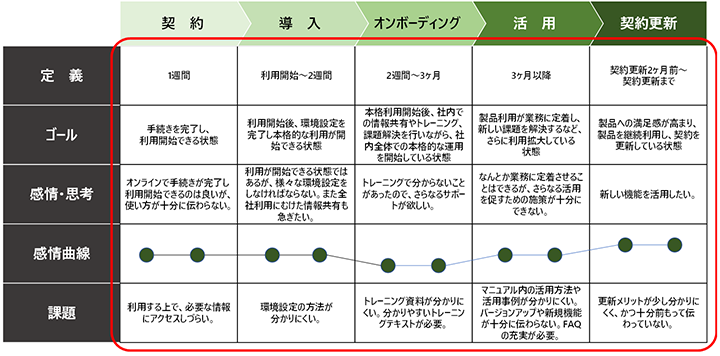
6. Prioritization of issues to be addressed and consideration of measures
After completing the customer journey map, we will prioritize the identified issues. We will return to the set objectives and identify the issues that have the most impact on achieving those objectives. Furthermore, we will examine the cost-effectiveness and the relationships with other issues from multiple perspectives, and clarify the measures to resolve the issues.
3. Key Points for Utilizing the Customer Journey

Created by multiple people
By creating it with multiple people, you can design from various perspectives, allowing for a more balanced and accurate customer journey map.
It is said to be effective to gather members from different departments and age groups and conduct workshops. Not only customer success representatives but also marketing, sales, development, and customer support can collaborate and engage in discussions with multiple relevant members.
Think from the customer's perspective
It is necessary to periodically check whether the customer journey map is from the customer's perspective. This is because there is a possibility that user desires may inadvertently creep in. We will create it based on the established persona information and factual data, continuously referring back to them. To do this, we will review past performance data of products and services, and conduct surveys and interviews with customers. While some hypotheses about customer emotions are necessary, they should always be based on facts. It is essential to constantly check, "How does it look from the customer's perspective? Are there any assumptions?"
Regularly updated
The market conditions and user needs are constantly changing. Responding to these changes is also important in the customer journey. Therefore, to utilize the map for improving customer experience, it is necessary to regularly update the map to reflect the latest customer experiences. It is essential to gather information and obtain more customer data while paying attention to market conditions, and to update the customer journey map accordingly.
4. Summary
To achieve customer success, it is important to provide products and services in a way that is close to the customer. By incorporating the customer journey, we can advance marketing initiatives from the customer's perspective. Additionally, unifying the perspectives of related departments, which can often be dispersed, around the customer journey from the customer's viewpoint is essential for customer success.
Many B2B companies, especially SaaS companies, are prioritizing customer success. To efficiently share know-how for customer success or to enhance customer satisfaction, it is also important to organize documentation. It is necessary to secure resources for this purpose. However, creating manuals and developing training content to improve customer satisfaction requires a lot of personnel and time, making it a high-priority task that is becoming increasingly burdensome.
At Human Science, we offer a variety of services for the customer success department. In particular, we believe that the quality of the content provided by the customer success department is key to achieving customer success. Necessary actions include improving and creating manuals, enhancing FAQs, and producing training content. Attempting to handle these in-house can be costly, and the quality must also be clear and understandable. Human Science has extensive experience in creating clear manuals and e-learning content. We offer the following services.
•Quality Improvement of Manuals and Training Texts
We propose the most suitable user manuals, technical documents, help, and FAQs for your environment. Starting with the evaluation of the current manuals, we provide consulting for building multilingual support systems and CMS operations. We can also undertake the production of video manuals.
•Production of educational content and support for the introduction of LMS (Learning Management System)
Similar to manuals, we propose educational content that is optimal for your environment. Starting with an evaluation of the current content, we can also optimize the LMS and support multilingual capabilities.
•Chatbot Implementation and Development Support
To improve the efficiency of customer support, many companies are advancing the implementation of chatbots. We propose the most suitable chatbot for your environment. We can provide one-stop support from the implementation of the chatbot system to content creation.
The following are achievements for the Customer Success Department.
WingArc1st Inc.: Content evaluation, improvement consulting, and content production services for the Customer Success Department
https://hs-learning.jp/case/wingarc1st/
We provide a one-stop service for creating easy-to-understand manuals, video manuals, and e-learning content necessary for customer success, so please make use of it.

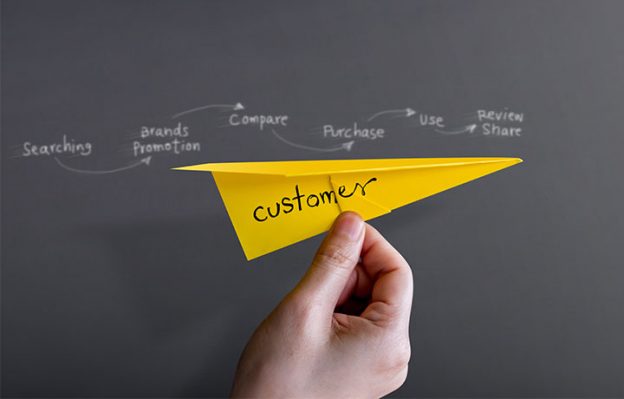

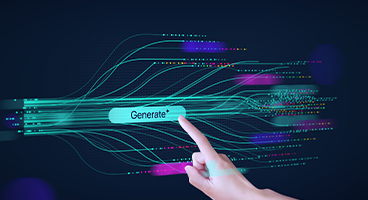



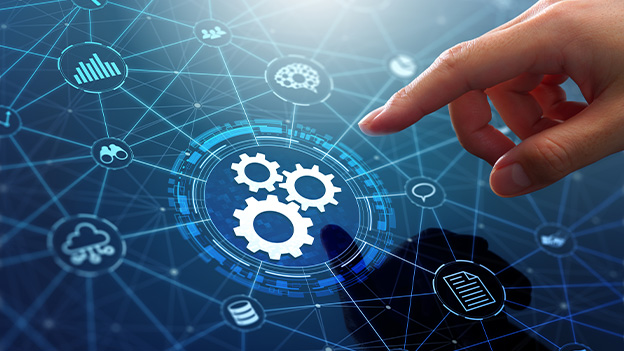
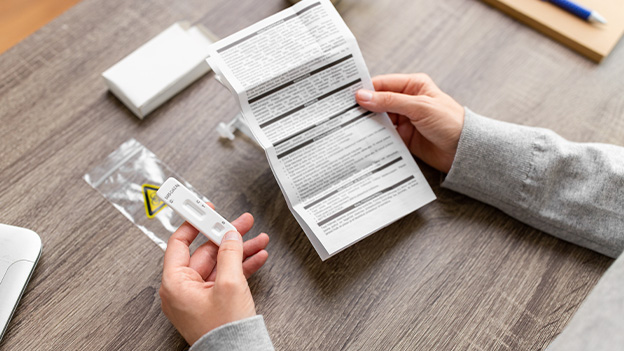

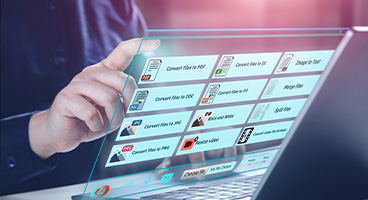
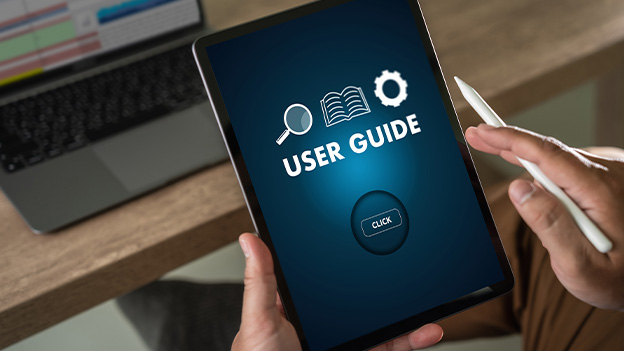






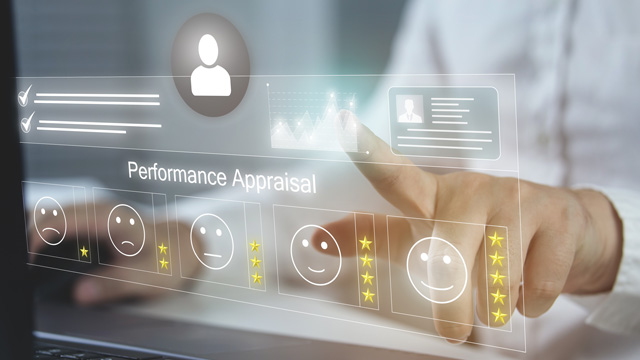

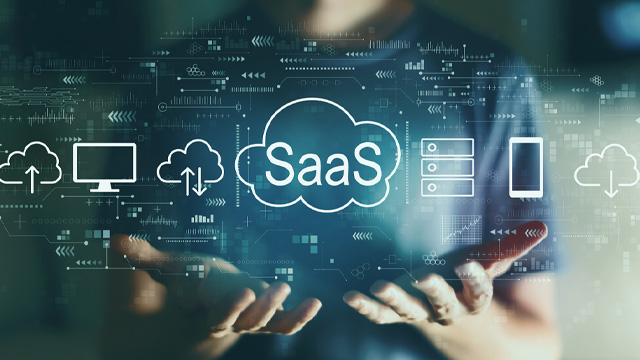
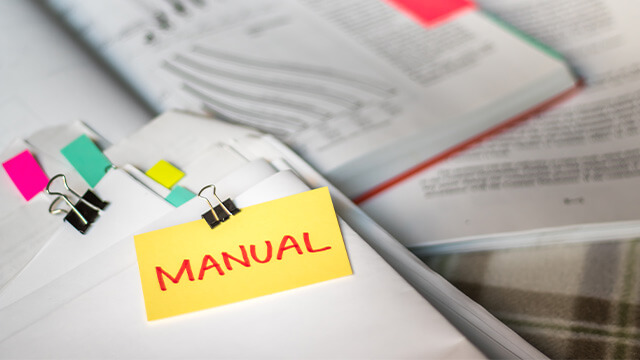


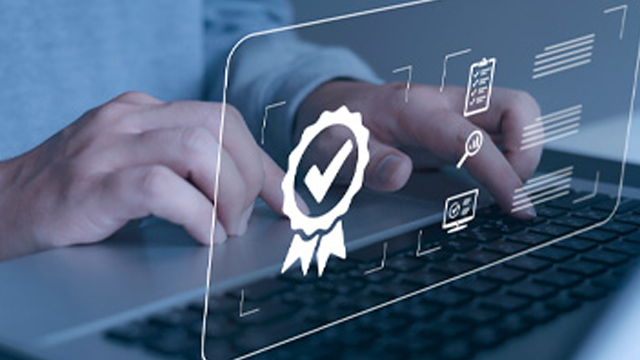



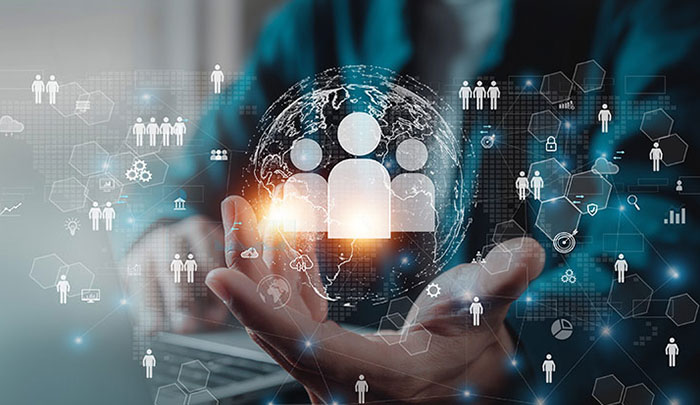
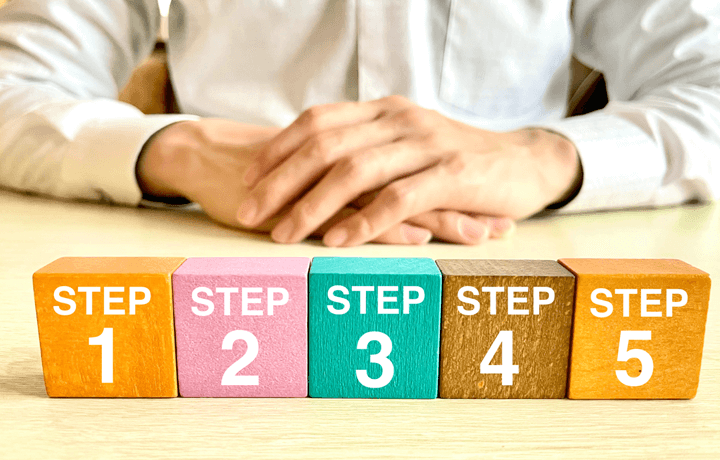

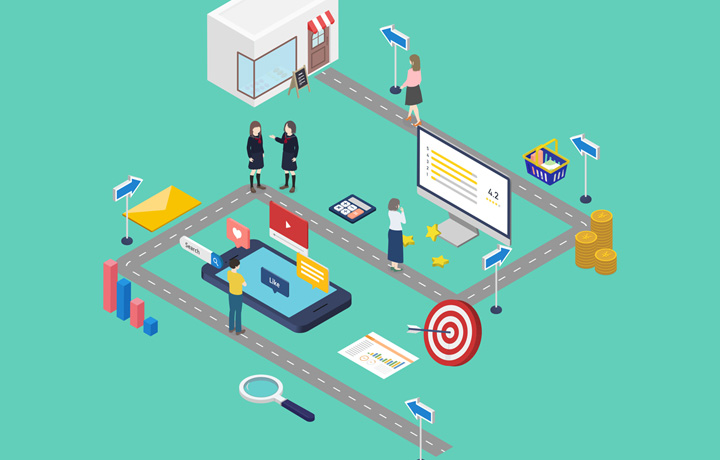
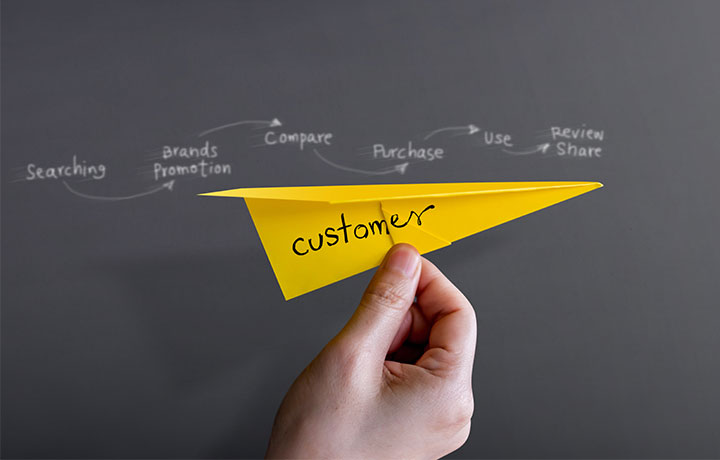
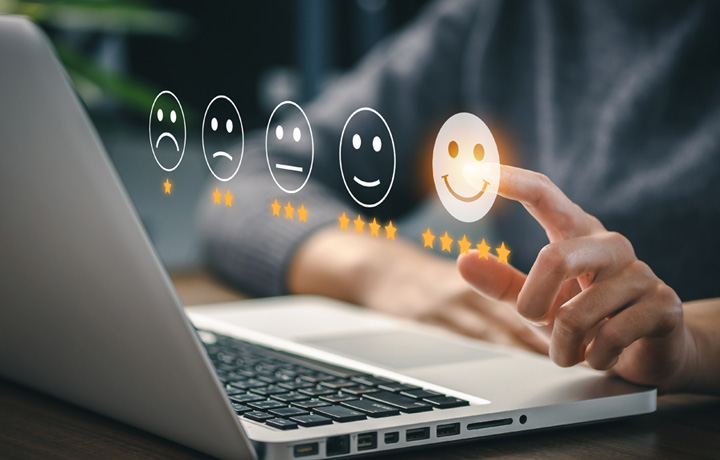



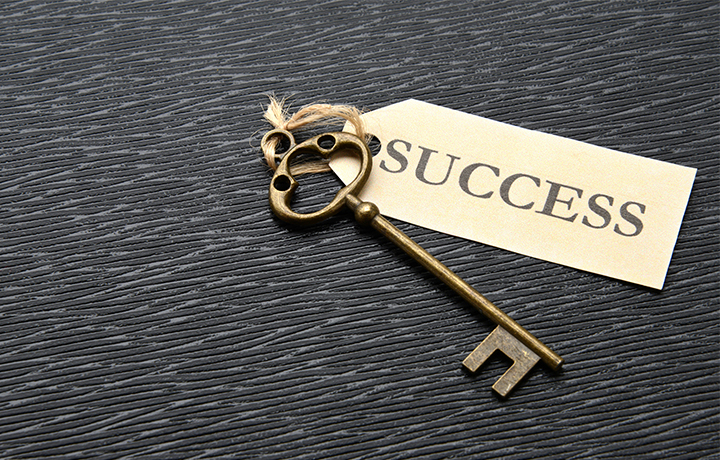
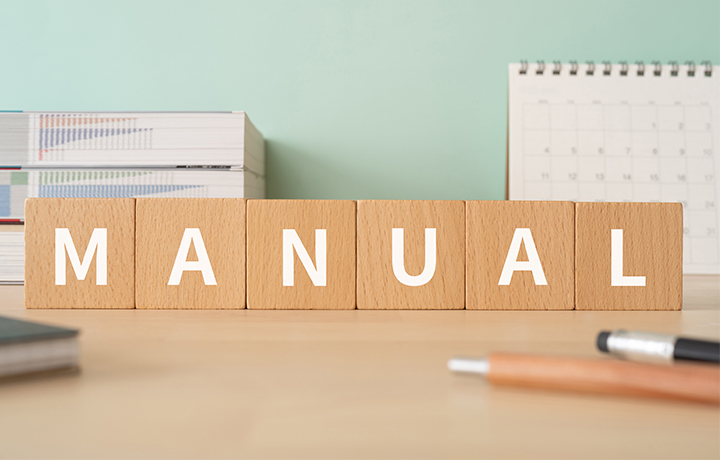



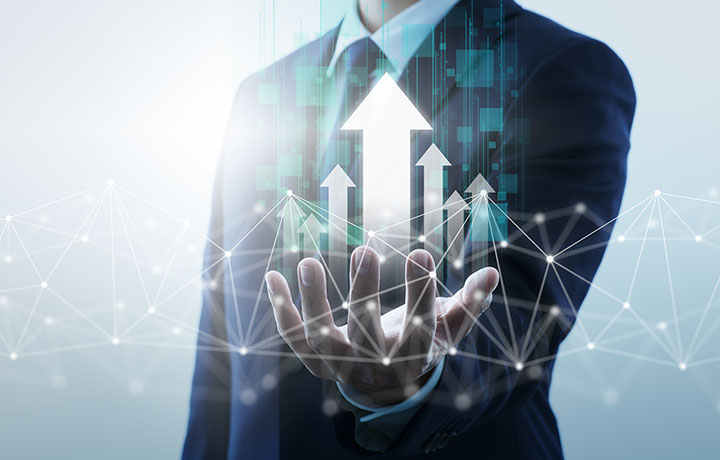

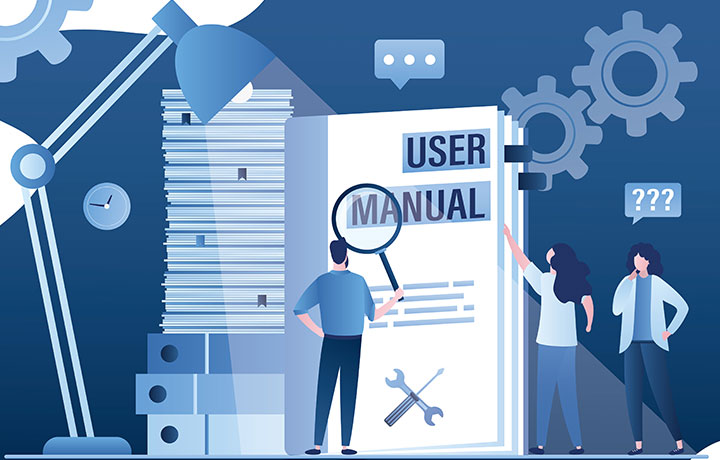


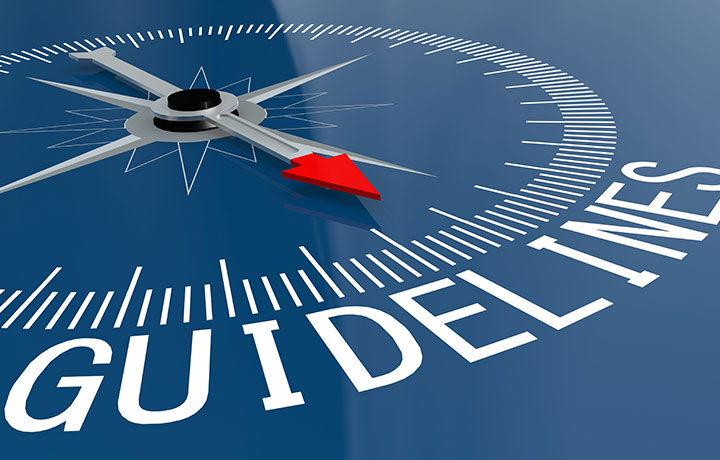
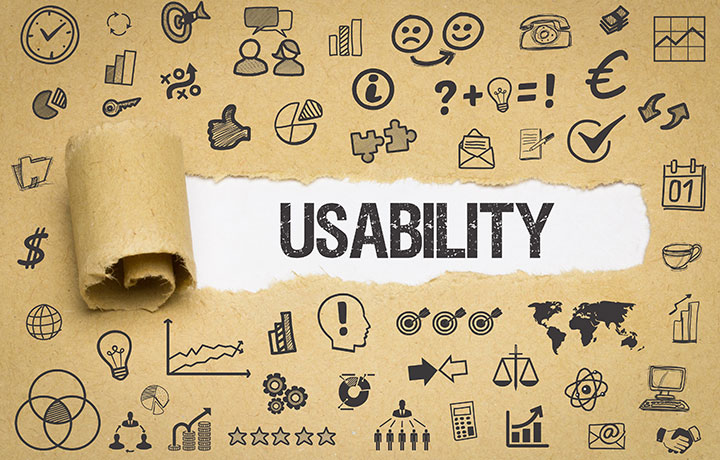



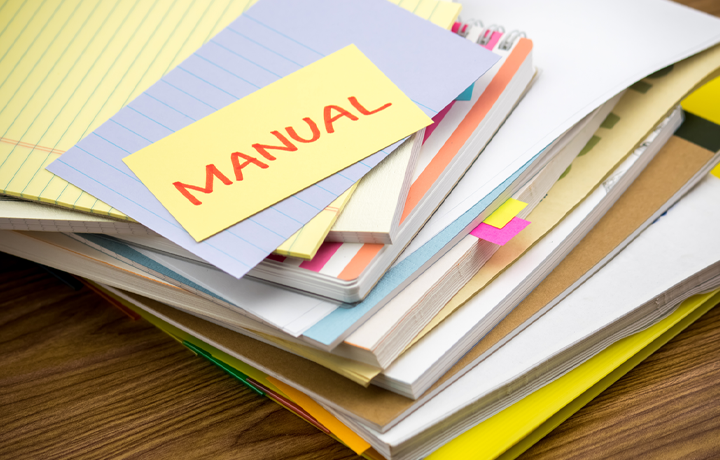

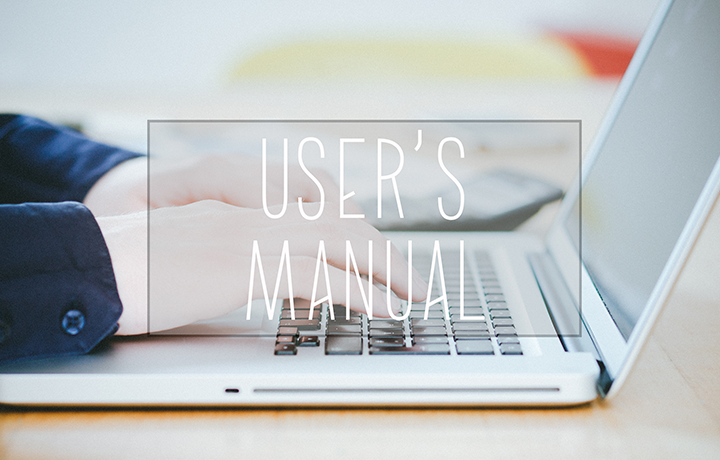











 Manual creation
Manual creation Director, Writer
Director, Writer In-house Support
In-house Support Video
Video Manual
Manual Manual Creation
Manual Creation One-Stop Service for Manual Creation
One-Stop Service for Manual Creation Manuals and Documents
Manuals and Documents